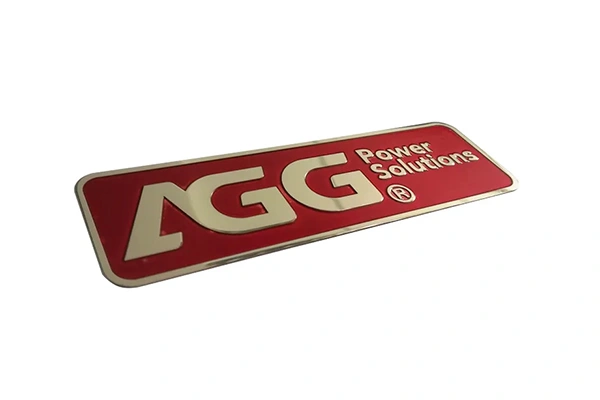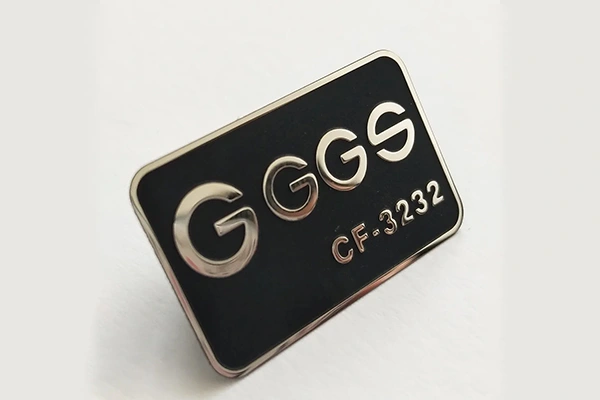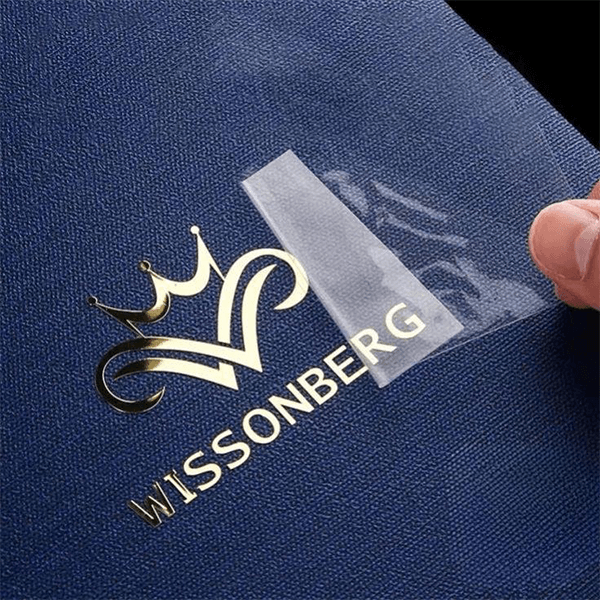Himgo delivers high-quality, cost-effective metal nameplates for you.
Choosing the right material for your metal auto emblems is key to ensuring durability, appearance, and long-term brand value. Whether you’re designing emblems for cars, motorcycles, or industrial vehicles, different metals offer different performance characteristics. In this guide, we break down the most commonly used materials in the industry and help you understand which one best fits your needs.
👉 Looking for more options? Explore our full range of Metal Car Emblems Solutions to find the perfect fit for your brand.
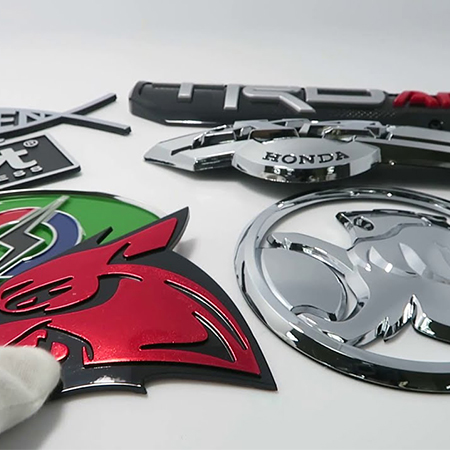
1. Aluminum – Lightweight & Corrosion-Resistant
Overview:
Aluminum is one of the most popular materials for auto emblems due to its excellent corrosion resistance, light weight, and ease of shaping. It’s ideal for both mass production and intricate custom designs.
Key Benefits:
Lightweight, reducing impact on vehicle fuel efficiency
Resistant to rust and oxidation
Cost-effective for large-volume production
Suitable for anodizing and brushed finishes
Best For:
OEM emblems, aftermarket upgrades, and packaging badges

2. Stainless Steel – Strong & Long-Lasting
Overview:
Stainless steel offers high durability and a premium appearance. It’s commonly used in industrial-grade emblems or for brands that want a bold, lasting presence.
Key Benefits:
Extremely durable and weather-resistant
Suitable for both polished and matte finishes
Adds a solid, high-end feel to the emblem
Withstands high temperatures and harsh environments
Best For:
Truck branding, luxury auto emblems, and outdoor-use applications
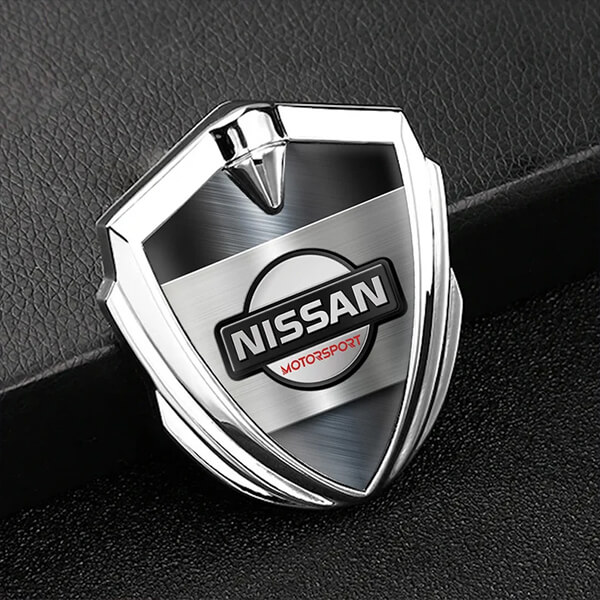
3. Zinc Alloy – Versatile & Ideal for 3D Designs
Overview:
Zinc alloy is often used when more complex or 3D emblem shapes are needed. It’s strong, easy to mold, and can support detailed textures and multi-layered designs.
Key Benefits:
Supports intricate mold shaping and 3D reliefs
Ideal for electroplating (chrome, gold, nickel finishes)
Heavier and more solid than aluminum
Offers a more tactile, high-impact look
Best For:
Automotive emblems with 3D logos, decorative badges, luxury branding
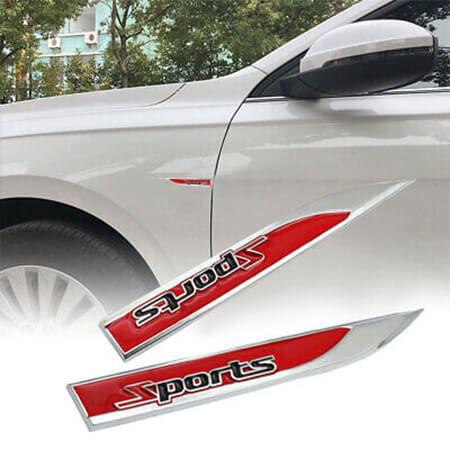
4. Nickel – Ultra-Thin & Sleek
Overview:
Nickel is typically used for ultra-thin metal labels and sleek emblem applications. It’s a great option when minimal thickness is essential but you still want a metallic look.
Key Benefits:
Thin yet durable
Great for flat surfaces and curved applications
High-definition laser cut or etched
Corrosion-resistant when properly treated
Best For:
Electronics, small car interior logos, or clean minimalist designs
5. Brass & Copper – Distinctive & Premium Appeal
Overview:
Though less common in automotive applications, brass and copper offer a warm tone and vintage appearance. They’re often used in limited edition or classic vehicle branding.
Key Benefits:
Unique finish and color tone
Can be aged or patina-treated for effect
Ideal for niche or custom builds
Adds character and luxury perception
Best For:
Retro vehicles, motorcycles, limited edition emblems
Final Thoughts
Each material brings its own advantages to automotive emblem design. If your top priority is lightweight durability, aluminum may be best. For maximum strength and shine, stainless steel and zinc alloy are excellent options. If you’re after thin, sleek branding, nickel is a great fit.
At Himgo, we help businesses across the U.S. and Europe create durable, eye-catching auto emblems using the right materials for their needs. Whether you want high-volume OEM production or low-MOQ custom runs, our expert team can guide your material choice and production process.


